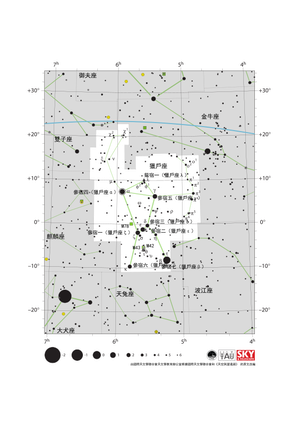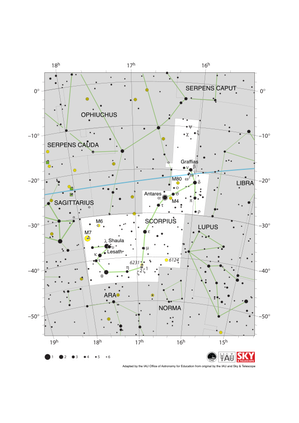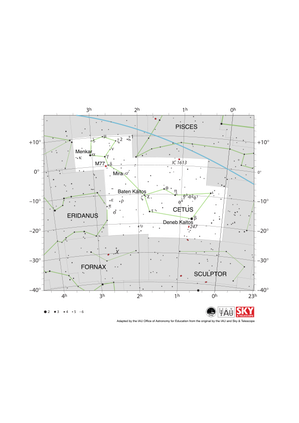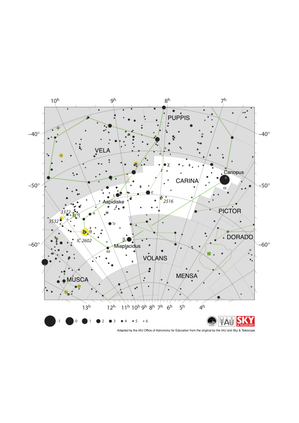Glossary term: 變星
Description: 變星是指對觀測者而言亮度隨時間發生明顯變化的恆星。實際上,由於恆星的演化,所有恆星的亮度都會在數百萬年或數十億年內發生變化。而變星一詞通常是指那些發生亮度變化的時間尺度遠遠短於其演化時標的恆星。
產生光變有幾種可能的物理機制。有些恆星,如仙王座變星或天琴座RR型變星,它們是不穩定的,且會發生脈動,使得其大小和亮度發生變化。
其他恆星會噴射出明亮的物質,從而增加觀測到的總體亮度("爆發變星")。有一類被稱為災變變星或新星的恆星,它們的亮度會突然增加,然後又恢復到以前的水平。這類系統通常由一對恆星組成,其中一顆恆星的物質流向另一顆恆星,一旦達到某個臨界點,就會發生核聚變反應。其中一個伴星或另一個伴星發生大爆炸並變亮。
還有一些恆星看起來變化是因為它們在旋轉,交替地向我們展示亮度較高和亮度較低的一面,或者是由於雙星系統繞著彼此運行,其中一顆恆星週期性地被另一顆遮擋。後一類雙星被稱為食雙星。
Related Terms:
See this term in other languages
Term and definition status: The original definition of this term in English have been approved by a research astronomer and a teacher The translation of this term and its definition is still awaiting approval
This is an automated transliteration of the simplified Chinese translation of this term
The OAE Multilingual Glossary is a project of the IAU Office of Astronomy for Education (OAE) in collaboration with the IAU Office of Astronomy Outreach (OAO). The terms and definitions were chosen, written and reviewed by a collective effort from the OAE, the OAE Centers and Nodes, the OAE National Astronomy Education Coordinators (NAECs) and other volunteers. You can find a full list of credits here. All glossary terms and their definitions are released under a Creative Commons CC BY-4.0 license and should be credited to "IAU OAE".
If you notice a factual or translation error in this glossary term or definition then please get in touch.
Related Diagrams
獵戶座星圖
Credit: 由國際天文學聯合會天文教育辦公室根據國際天文學聯合會/《天空與望遠鏡》的原文改編
License: CC-BY-4.0 Creative Commons 姓名標示 4.0 國際 (CC BY 4.0) icons
Scorpius Constellation Map
Credit: Adapted by the IAU Office of Astronomy for Education from the original by IAU/Sky & Telescope
License: CC-BY-4.0 Creative Commons 姓名標示 4.0 國際 (CC BY 4.0) icons
Cetus Constellation Map
Credit: Adapted by the IAU Office of Astronomy for Education from the original by IAU/Sky & Telescope
License: CC-BY-4.0 Creative Commons 姓名標示 4.0 國際 (CC BY 4.0) icons
Carina Constellation Map
Credit: Adapted by the IAU Office of Astronomy for Education from the original by the IAU and Sky & Telescope
License: CC-BY-4.0 Creative Commons 姓名標示 4.0 國際 (CC BY 4.0) icons
Perseus Constellation Map
Credit: Adapted by the IAU Office of Astronomy for Education from the original by the IAU and Sky & Telescope
License: CC-BY-4.0 Creative Commons 姓名標示 4.0 國際 (CC BY 4.0) icons













